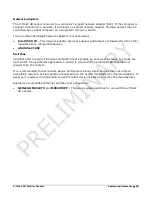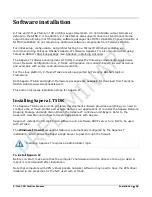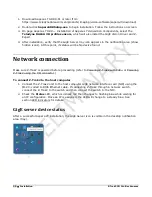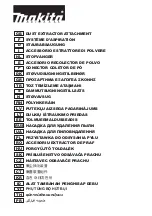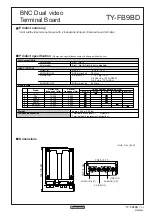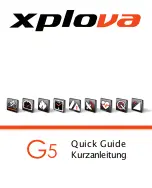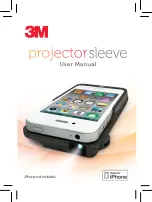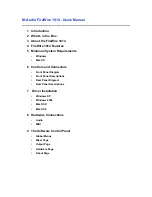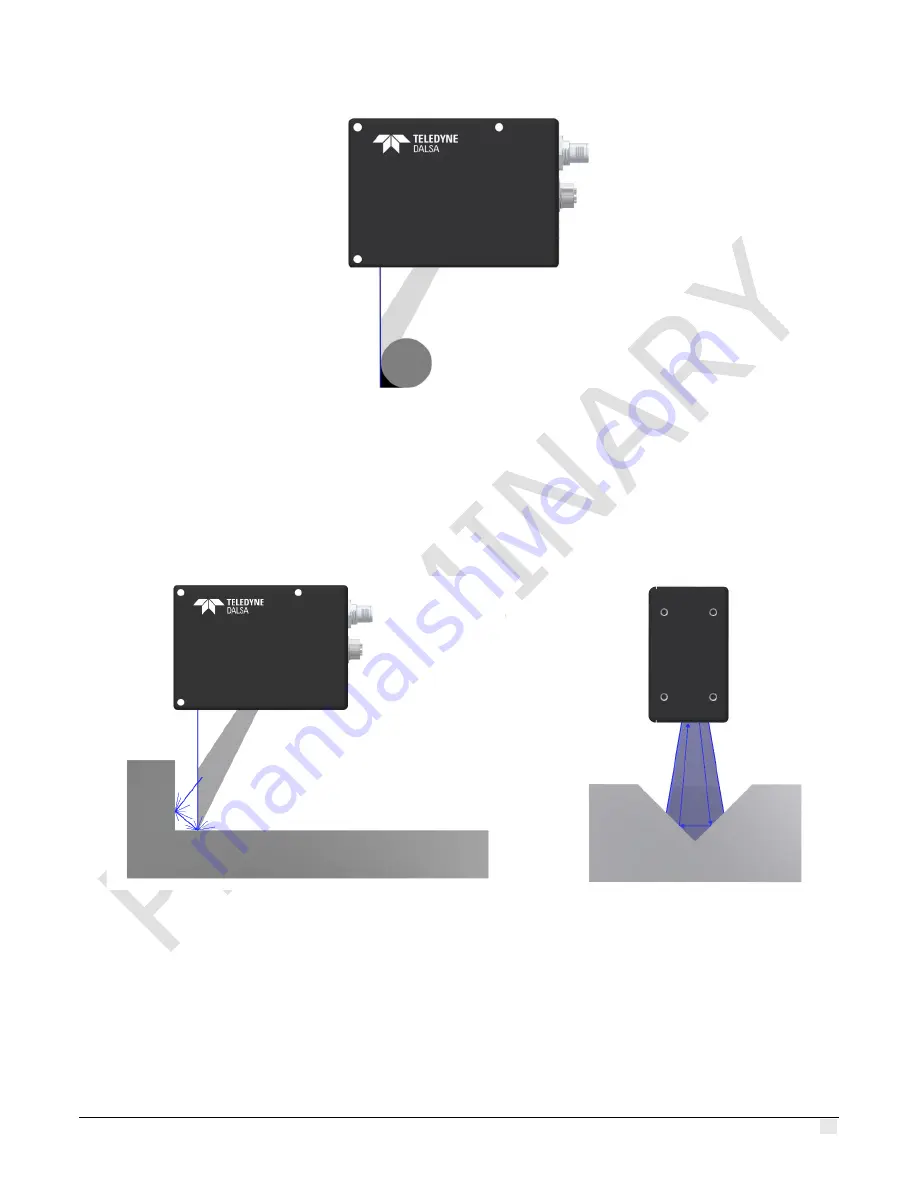
Z-Trak2 3D Profiler Sensors
Installation
•
25
Figure 13. The form of the object blocks the sensor from seeing the laser.
Objects made of reflective surfaces
Scanning reflective surfaces and oddly angled surfaces may scatter the laser light, making it
difficult to obtain a clean line profile. The profiler may need to be pitched forward or backwards to
change laser light reflection angles away from entering the
profiler’s im
age sensor window. Profiler
positioning is dependent on the scanning situation.
Figure 14. Reflective surfaces or objects with oddly angled surfaces may scatter the laser light back into the
2D sensor window, creating blurred profiles.
Controlling ambient illumination
Over its image sensor window, the profiler uses a narrow bandpass optical filter that is tuned to the
laser wavelength (color) of the profiler model. This allows the Z-Trak2 to be used in most ambient
light conditions without any measurement interference.





